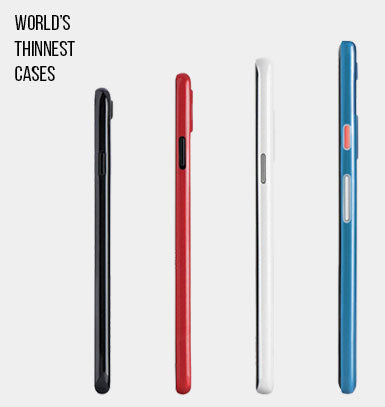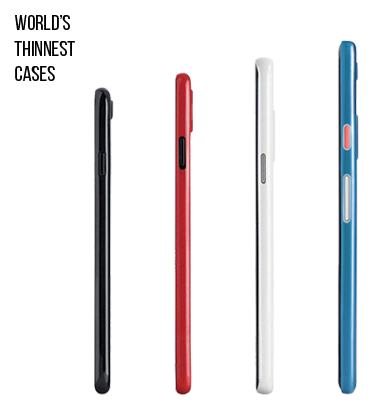How To Pick The Best Screen Protector For Your Smartphone

If you're like most people, you don't go anywhere without your phone. And while newer phone models, such as the iPhone 7 and Samsung Galaxy are built to be more durable than ever, cracked and otherwise damaged smartphone screens remain the most common phone repair. In fact, cell phone screen repair and replacement is an astounding $23.5 billion annual industry in the United States alone.
Fortunately, there are simple measures phone users can take to reduce their chances of the dreaded cracked or shattered screen. One of the easiest things you can do is to invest in a screen protector. But with so many different types of screen protectors on the market, how can you select the one that's right for your phone and lifestyle?
Screen Protector Types
There are two main types of screen protector available: glass and polyurethane. Both have their inherent pros and cons. Polyurethane or plastic screen protectors tend to be the less expensive option and also tend to be less bulky/lighter in weight. As a result, phone users can typically afford to buy a pack of these screen protectors at once and always have access to a new protector when needed. However, due to their lesser thickness, they also don't protect against scratches and other damage as well as glass.
Glass screen protectors, on the other hand, are a bit heavier and thicker and are also more expensive (typically about three timesas expensive as traditional polyurethane or plastic options). However, they are also higher quality and will do a better job of protecting phone screens from scratches and other damage due to their thickness and durability. Furthermore, in the event that the screen protector is damaged, it is made of tempered glass so there is no concern over sharp edges.
Finish Options
When deciding on a screen protector, you'll also want to consider the different finishes and features available. For instance, many will come with an anti-glare coating to make for easier viewing on sunny days or in otherwise bright environments. Many of these also come with build-in fingerprint and smudge protection.
Another possible feature to look for in a screen protector is a privacy finish, which causes the display to appear dark when viewed at an angle, such as from the side. This is ideal for those who want to maximize their privacy, especially while using their phones out in public.
Finally, some screen protectors come with a mirror finish, which allows the screen to double as a convenient mirror when the screen itself is off or dimmed.
Other Important Considerations
As you shop for a screen protector, you'll also want to consider whether you want to buy a protector that's specifically designed for use on your phone model or if you want a universal screen protector, which you will likely need to cut to fit the specific dimensions of your phone screen. While universal protectors tend to be less expensive, they can also be more difficult to apply for maximum screen coverage. On the other hand, universal protectors can be an ideal option for those who are buying a multi-pack for family members with different phones or for those who tend to go through phones rather quickly.
Choosing the right smartphone screen protector could be the difference between shelling out $100+ on a new screen and keeping your phone intact. Now that you have a better idea of the types of screen protectors available and additional features to consider, you can ultimately make the choice that's right for you, your budget, and your lifestyle. For more information on screen protectors, contact Ultimate Shield today.
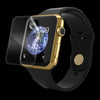 Apple Watch Series 1 / 2 / 3 Invisible Film Screen Protector
Apple Watch Series 1 / 2 / 3 Invisible Film Screen Protector 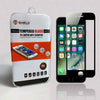 Apple iPhone 7/8/SE (Black) Tempered Glass Screen Protector
Apple iPhone 7/8/SE (Black) Tempered Glass Screen Protector 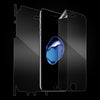 Apple iPhone 7/8/SE Invisible Film Screen Protector
Apple iPhone 7/8/SE Invisible Film Screen Protector 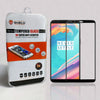 OnePlus 5T Tempered Glass Screen Protector (Black)
OnePlus 5T Tempered Glass Screen Protector (Black) 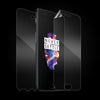 OnePlus 5 Invisible Film Screen Protector
OnePlus 5 Invisible Film Screen Protector 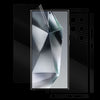 Samsung Galaxy S24 Ultra Invisible Film Screen Protector
Samsung Galaxy S24 Ultra Invisible Film Screen Protector 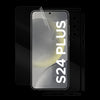 Samsung Galaxy S24 Plus Invisible Film Screen Protector
Samsung Galaxy S24 Plus Invisible Film Screen Protector 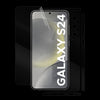 Samsung Galaxy S24 Invisible Film Screen Protector
Samsung Galaxy S24 Invisible Film Screen Protector 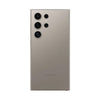 Ultimate Thin Case for Samsung Galaxy S24 Ultra
Ultimate Thin Case for Samsung Galaxy S24 Ultra 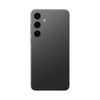 Ultimate Thin Case for Samsung Galaxy S24 Plus
Ultimate Thin Case for Samsung Galaxy S24 Plus 